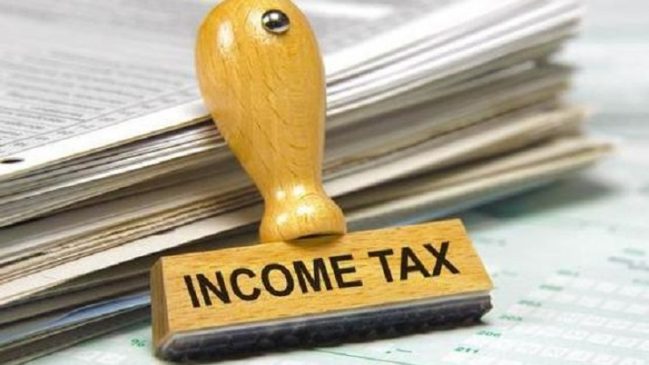Provident fund is already deducted by most of the employers on which tax won’t be deducted in case you come under the income tax slabs. However understanding the EPF can help you to reduce tax liabilities and save more taxes.
Read More: ITR Filing: NRIs feel double taxation the biggest challenge in return filing, says survey
As the 31st March deadline for fiscal year comes to a close, taxpayers are actively seeking ways to optimize their income tax savings. One of the most reliable and beneficial tax planning options available is Employees’ Provident Fund (EPF) account.
Provident fund is already deducted by most of the employers on which tax won’t be deducted in case you come under the income tax slabs. However understanding the EPF can help you to reduce tax liabilities and save more taxes.
Read More: Major Income Tax Reforms Effective From April 1: What You Need To Know
Understanding Employees’ Provident Fund:
The EPF scheme is mainly designed to provide financial security and stability to employees post-retirement. Both employers and employees contribute a certain percentage of the employee’s basic salary and dearness allowance to the EPF account. The contributions accumulate with compound interest, and the corpus serves as a retirement fund for employees.
Read More: New Tax Regime: Consider These Deductions For Optimal Savings
How To Maximize Income Tax Savings Via EPF?
- Optimal Contribution Ratio: Employees can contribute the maximum permissible amount to their EPF account, i.e. 12% of their basic salary. If you opt for the maximum allowed amount, you can build a substantial retirement corpus and also avail the tax benefits associated with EPF contributions.
- Salary Restructuring: Another option is you can discuss with your HR or company and in case the option is available to you, you can restructure their salary components to maximize EPF contributions. Simply by Increasing the basic salary component in your package you can contribute more in EPF and save tax. However, it’s essential to ensure compliance with statutory regulations and employer policies while restructuring salary components.
- Voluntary Provident Fund (VPF): Apart from the mandatory EPF contributions, one can opt for voluntary contributions to their EPF accounts through the Voluntary Provident Fund (VPF) scheme. VPF contributions are treated similarly to EPF contributions for tax purposes, offering taxpayers an avenue to enhance their tax savings further.
- Tax-Free Interest: Interest earned on EPF contributions is tax-free, making it an attractive investment avenue from a tax-saving perspective. By maximizing contributions and allowing the corpus to grow with tax-free interest, can help you to reduce overall tax liabilities.
- Long-Term Investment Horizon: EPF is primarily designed as a long-term retirement savings scheme. Taxpayers should adopt a long-term investment horizon and refrain from premature withdrawals to fully leverage the tax benefits associated with EPF contributions.
Continued Employment: Employees who plan to continue their employment beyond the statutory retirement age can enjoy extended tax benefits through continued EPF contributions.

































